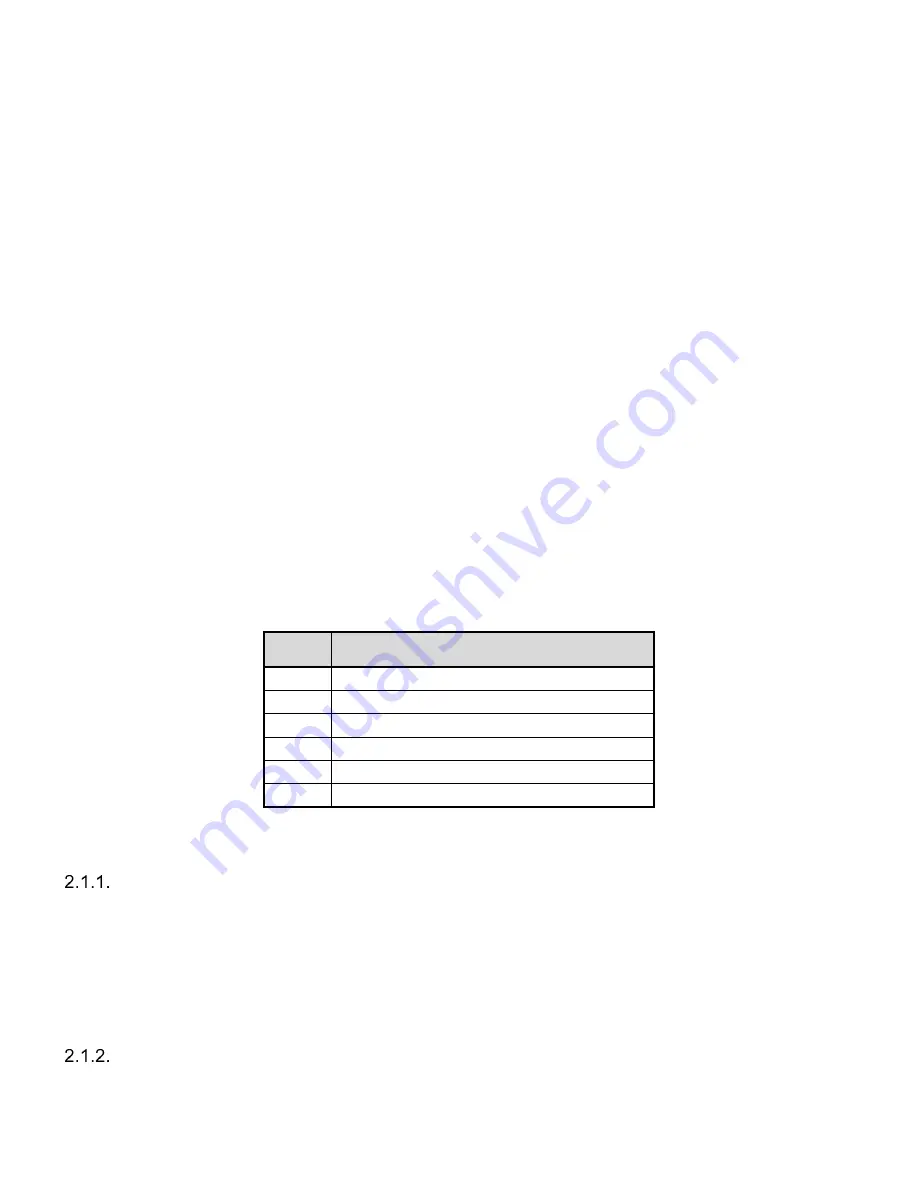
UMAX090690. Version: 1.2 Preliminary Documentation
– May Be Subject To Change
8-37
When the charger recognizes the battery, it starts analyzing the battery state. If the battery is
deeply discharged and its voltage is between Vpc_start and Vbc_start (See section 2.2), the
charger will start the precharging process, charging the battery with a relatively small constant
current Ipc. The small current prevents a deeply discharged battery from damage, which otherwise
could occur due to gas emission from the battery electrolyte at high current. The charger will stay
in the
Precharge Mode
until the battery voltage reaches the Vbc_start voltage.
When the battery reaches Vbc_start voltage, the charger will enter the
Bulk Charge Mode
increasing the charging current to Ibc. It will charge the battery with the Ibc current until the battery
voltage reaches Vcv_start. At this point the battery is around 75% charged and the charger can go
to the
Constant Voltage Charge Mode
limiting the charging voltage to Vcv. This will cause a
gradual drop of the charging current. When the charging current drops to Icv_stop, the battery is
considered fully charged, and the charger will stop the charging process and go to
Standby Mode
.
In Standby Mode the charger only monitors the battery voltage. It will maintain the battery charge
either by periodically recharging the battery when the battery voltage drops below Vbc_restart, or
by maintaining the charge in
Float Mode
, if the voltage drops below Vfl_start voltage.
In Float Mode the charger limits the charging voltage to Vfl and the charging current Ibc. When the
charging current drops below Ifl_stop, the charger returns to Standby Mode, keeping the battery
voltage at a predefined level.
The charger stages can be used as signal sources for transmitting over CAN. The corresponding
values to the stages are given in Table 2.
Value Charger Mode
0
Idle Mode
1
Charge Termination (Float) Mode
2
Precharge Mode
3
Constant Current Mode
4
Constant Voltage Mode
5
Recharge Mode
Table 2
– Charger Mode Values
Charger Temperature
In addition to the charging profile parameters, each charger has a temperature sensor. The
charger will turn off its output and go to Idle state if the temperature threshold is exceeded. The
charger will remain in Idle state until the Temperature Hysteresis value is cleared.
In case of electronics failure, the charger will be locked in
Module Error Mode
until either the
battery or the power is disconnected, and the charger goes to the initial Idle Mode.
Battery Temperature
Battery temperature can be measured using the RTD inputs. By default, the firmware is configured
to use a PT1000 temperature sensor. The maximum battery temperature is configured through the









































